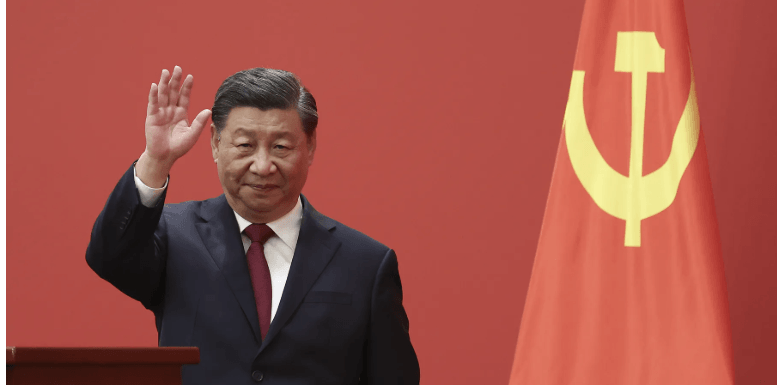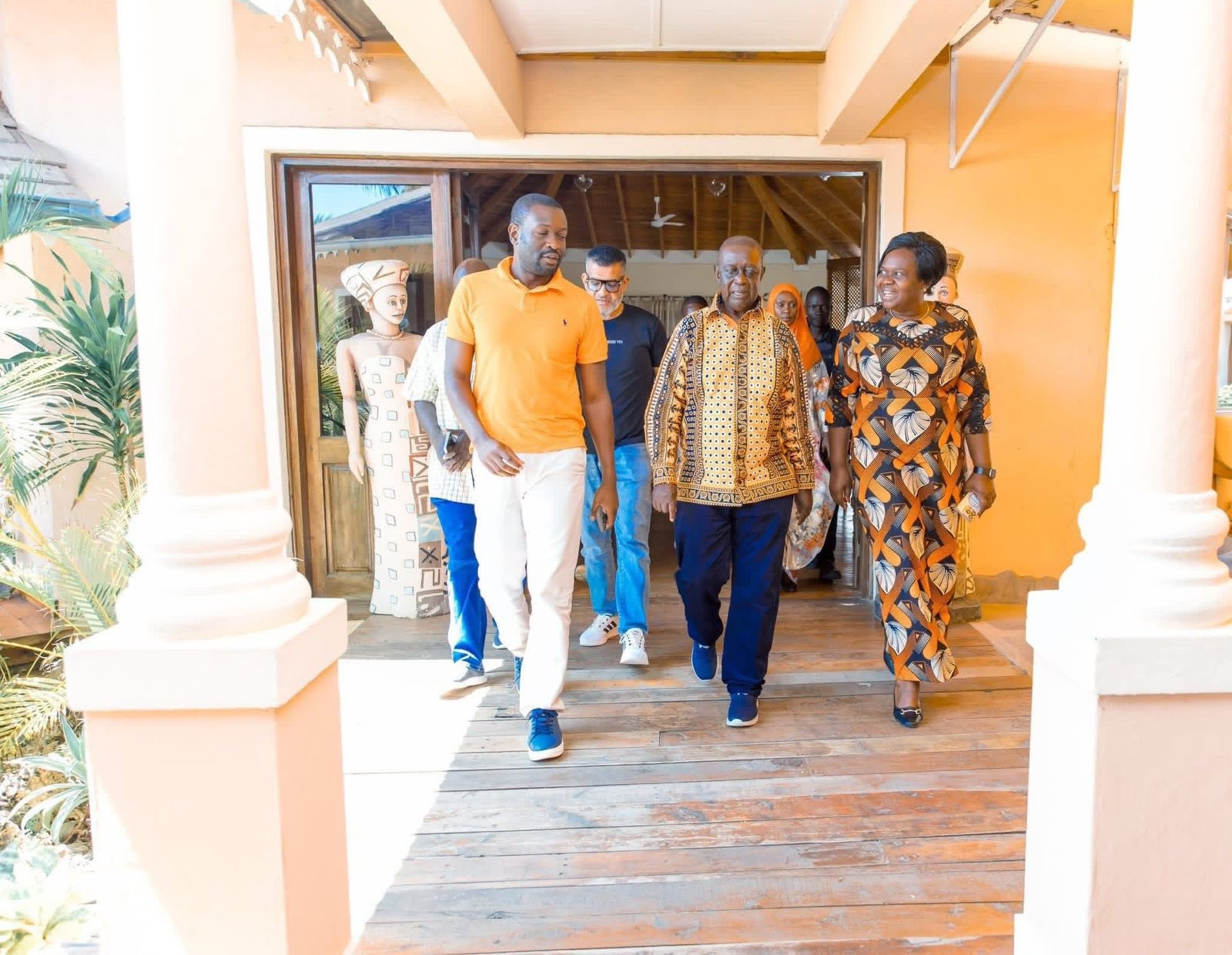Writing, often seen as a hallmark of sophistication, education, and civilisation, stands as one of the four great skills of language and communication, alongside speaking, listening, and reading.
However, unlike speaking and listening, which come naturally to us, writing and reading require deliberate learning and instruction.
My own writing journey began at the tender age of five, a time when Kenya was in the throes of the conservative Nyayo era, just after the failed military coup in the early 1980s. Let me tell you, it was not a cakewalk. No, it was not.
The interracial madame who admitted me to a nursery school nestled within a mosque was both a strict disciplinarian and a loving motherly figure who loved polka dots. She demonstrated remarkable patience as I embarked on the magical journey of writing letters of the alphabet.
For weeks, she watched as I consistently wrote the letter J facing the wrong direction at the start of my first name. The number 7 was no exception. She even inspected my fingers and palms as if centuries of scrutiny would reveal left-handedness as the root of the problem.
At times, she would adjust her hijab in despair, watching me persistently revert to my incorrect ways despite multiple corrections. She decided to place me right by the black chalkboard, perhaps suspecting a vision issue. To my surprise, she had the mosque’s imam rally parents to fund a repaint of the board. She even enhanced the print of letters and numbers whenever using white chalk to teach us.
I would make progress for two or three days, only to slip back into my weird habit. Remarkably, not once did she employ the 30cm, black, plastic pipe cane to discipline me. Never. Instead, she would gaze at me through her round Salman Rushdie eyeglasses, filled with a mixture of wonder and pity, much like one would regard a child without a star of luck in the night sky.
One Friday after the alasiri prayers, she kept me in the mosque-cum-kindergarten in Eldoret. There, she had me sit on a yellow manila Muslim prayer mat. As a Christian by choice and birth, I was uncertain about what was to follow. She recited sing-song Arabic words over my young head. Surprisingly, from that day forward, I never faltered in my writing. To this day, I still wonder what those mysterious words were, perhaps a poetic quatrain?
****
Back in the Kenya of yesteryears, the pencil was the writing instrument of choice. They were white and adorned with animal and tree images. They had a black granite nib on one end and a pink miniature eraser on the other, secured by a tiny golden tin band.
The phrase “Made in China” on the spine of these pencils served as the dividing line for parents and teachers. They would split the pencil in half, one for school and one for home, a practice instilled by the frugality of a nation grappling with economic challenges. The Kenya of the 1980s was a place of want, where salaries barely made ends meet.
During preschool, we diligently used half-pencils. As we entered primary school, our handwriting improved, but the lessons became more demanding. Spelling or counting errors often resulted in the application of the proverb: “spare the rod and spoil the child.”
By Class 2, one could finally lay claim to a full pencil. Writing exercises grew more demanding, and the pencil seemed to wear down quicker. Parents typically allowed their children to have at least two pencils by this age. Those who could afford it even procured the iconic black and red striped Staedtler pencils, known as HB pencils to this day.
****
In Class 4, the world of writing took a new turn as we were introduced to fountain pens. Paired with a bottle of navy blue ink, these fountain pens, which we received around the age of 10 or 11, marked a transition. We no longer attended school for half a day as our younger counterparts did. Extra lessons now took place in the afternoon.
Our new English teacher, a passionate educator hailing from Nyamira, had a legendary temper and a gift for writing. He spent a lesson after lunch each day instructing us in the art of writing. His commitment to the craft was akin to his observance of the Sabbath.
The indelible marks from his lessons still grace our skins. Oddly enough, we, his graduates, all share the same calligraphy; our writing styles are remarkably uniform. Even today, if 10 of us pen the same letter on foolscap, you’d be forgiven for thinking one person wrote all 10.
Bespectacled Mwalimu Simeon Nyamanya taught us to use fountain pens and ink, emphasising the avoidance of smudges and judicious ink usage. We were the finest essay writers of that school. We did so using fountain pens until Class 8, when we turned 14 and completed elementary education. I proudly scored an A in English, thanks to his guidance.
****
Transitioning to secondary school in Kenya came with three distinct experiences: wearing trousers as part of the uniform, embracing boarding school life, and gaining the privilege to use a biro pen. My introduction to the biro pen marked the beginning of a new chapter.
Unlike the fountain pen, the biro pen didn’t require frequent refilling; it contained its own ink. It was mess-free, and I was utterly captivated by it. In the 1990s, two types of biro pens were popular in Kenya: the affordable Speedo, light blue with black stripes, and the renowned Bic, which still reigns supreme.
The biro pen, often overlooked, played a crucial role in Kenyan education. Knowing how to wield it, prevent smudges, and fill page after page with your thoughts and ideas became the key to conquering exams. It was the biro pen that revealed your wisdom to college examiners, shaping the careers of many Kenyans.
We sign certificates of land, birth, baptism, marriage and death using biros in Kenya. It is a part of our heritage now. And then came the computers as the new century dawned with fervour, transforming the way we write. Moving forth, will Kenyans still remember the art of writing in this age of typing?
*****
Did you know that the biro pen is named after its Hungarian inventor, Biro Laszlo Joszsef, a journalist of Jewish heritage born this weekend in 1899? Fleeing the Holocaust in Europe during World War II, he and his family found refuge in Argentina, where he introduced the biro pen, replacing many earlier writing instruments.
Today, it remains the king of pens. Lucky are those who can purchase it for a mere Sh20 yet it cost 1,000 times more in 1938 when it was launched. Even so, people queued in winding formation to purchase and own one of this unique thing.












